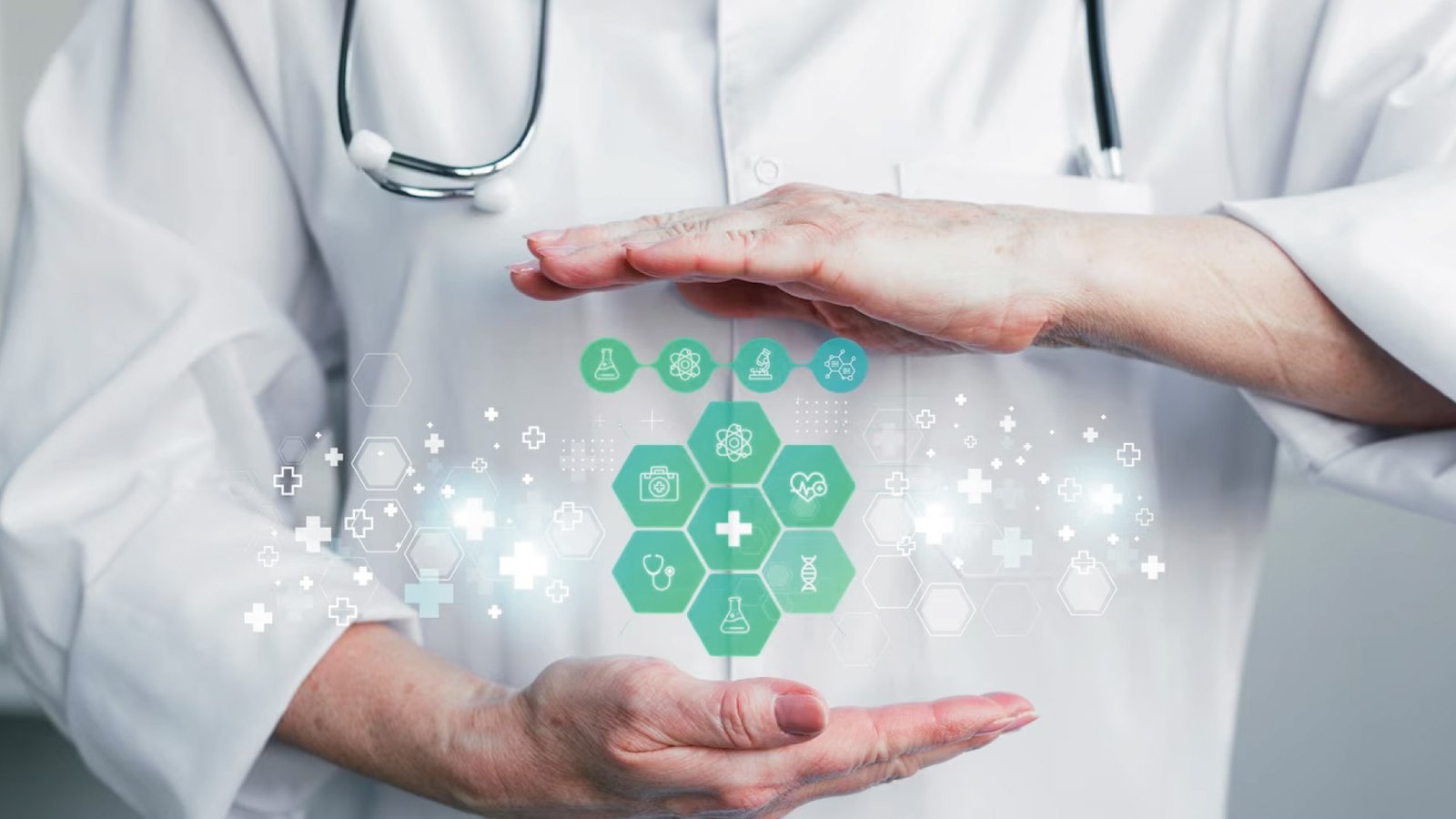How is AI revolutionizing medical imaging and transforming the healthcare workforce? Learn why it’s time to embrace this game-changing technology.
The healthcare industry was facing a crisis and is still facing a crisis. With the rise of complex medical conditions, an aging population, and a shortage of healthcare professionals, physicians, and medical staff are experiencing burnout at an alarming rate. According to a study by Medscape, over 42% of physicians reported burnout in 2020, with 58% citing excessive workload as the leading cause. This burnout not only affects the quality of patient care but also leads to decreased job satisfaction and a higher likelihood of medical errors.
To address this crisis, it is crucial to accelerate the healthcare industry with new technologies, and artificial intelligence (AI) has emerged as a promising solution. AI can help healthcare professionals work more efficiently and effectively, taking on tasks that would otherwise be too time-consuming or complex for humans. In particular, AI has the potential to revolutionize medical imaging, a critical aspect of modern healthcare.
Medical imaging is one of the key areas driving this growth, with AI algorithms being used to analyze images and assist physicians in diagnosis and treatment planning. In fact, a study published in The Lancet Digital Health found that AI-based diagnosis of certain medical conditions outperformed human doctors in terms of accuracy.
With the potential to improve patient outcomes, reduce workload, and mitigate physician burnout, AI in medical imaging is an exciting and rapidly developing field. In this article, we will explore the ways in which AI is transforming medical diagnosis and treatment, with a focus on its evolution in medical imaging.
Embracing AI: Why Now Is the Time for Medical Imaging
Traditionally, medical imaging has relied on radiologists and other healthcare professionals to interpret and analyze images. However, this process can be time-consuming and prone to errors. With AI, medical imaging can be automated, making the process faster and more accurate. AI can also assist healthcare professionals by detecting anomalies and providing decision support, ultimately improving patient outcomes.
According to a report by Pure Storage, the use of AI in medical imaging is expected to increase significantly in the coming years, driven by factors such as the growth of big data, advancements in computing power, and the need to address the physician shortage. In fact, the report predicts that by 2026, the global market for AI in medical imaging will be worth $2.2 billion.
AI algorithms can analyze medical images with a high degree of accuracy, detecting patterns that may be difficult for human experts to see. For example, AI can help detect early signs of diseases like cancer, enabling earlier diagnosis and treatment. Additionally, AI can be used to predict patient outcomes and identify patients who may be at high risk of developing certain conditions.
One of the most significant benefits of AI in medical imaging is its ability to automate repetitive tasks, freeing healthcare professionals to focus on more complex cases.This not only improves efficiency but also helps to reduce the workload on healthcare professionals, ultimately mitigating physician burnout and the challenges faced by the healthcare industry.
Another area where AI in medical imaging shows promise is in the development of personalized treatment plans. By analyzing patient data, AI algorithms can create personalized treatment plans that are tailored to individual patients, improving treatment outcomes and reducing costs.
This is not only driving the future of the medical imaging sector but disrupting the change in the healthcare industry and workplace as a whole. Let us check HOW?
How is AI Disrupting the Healthcare Workforce?
According to a report by McKinsey, the use of AI in healthcare has the potential to significantly alter the roles of healthcare professionals. It will create new roles in healthcare, such as data analysts and AI specialists, who will be responsible for developing and implementing AI algorithms and tools. Additionally, healthcare professionals will need to develop new skills to work alongside AI technologies, such as understanding how to interpret and utilize AI-generated insights to improve patient outcomes.
The use of AI in healthcare will also require a shift in the way healthcare professionals are trained. Medical schools and other healthcare training programs will need to incorporate AI training into their curriculum to ensure that the next generation of healthcare professionals is equipped with the skills and knowledge needed to work alongside AI technologies.
Another potential impact of AI on the healthcare workforce is the reduction of the physician shortage. AI technologies can help to automate routine tasks, reducing the workload on healthcare professionals and making it easier for them to see more patients. Additionally, AI can assist healthcare professionals by providing decision support, enabling them to make faster and more accurate diagnoses and treatment decisions.
Wrapping Up
Thus, the adoption of AI technologies in healthcare is transforming the healthcare workforce, requiring healthcare professionals to develop new skills and take on new roles. While there may be challenges associated with this shift, the use of AI in healthcare has the potential to improve patient outcomes, reduce physician burnout, and ultimately create a more efficient and effective healthcare system.
Visit AITechPark for cutting-edge Tech Trends around AI, ML, Cybersecurity, along with AITech News, and timely updates from industry professionals!

